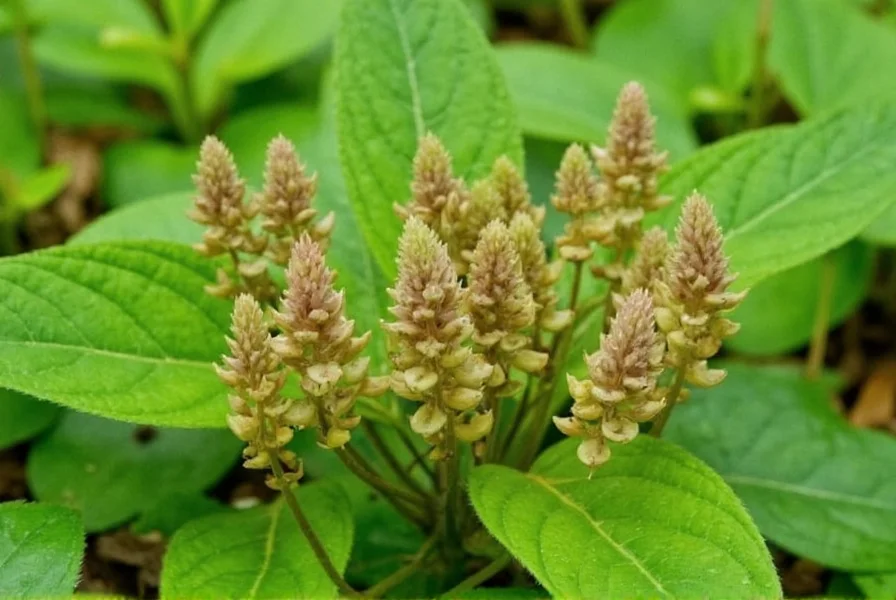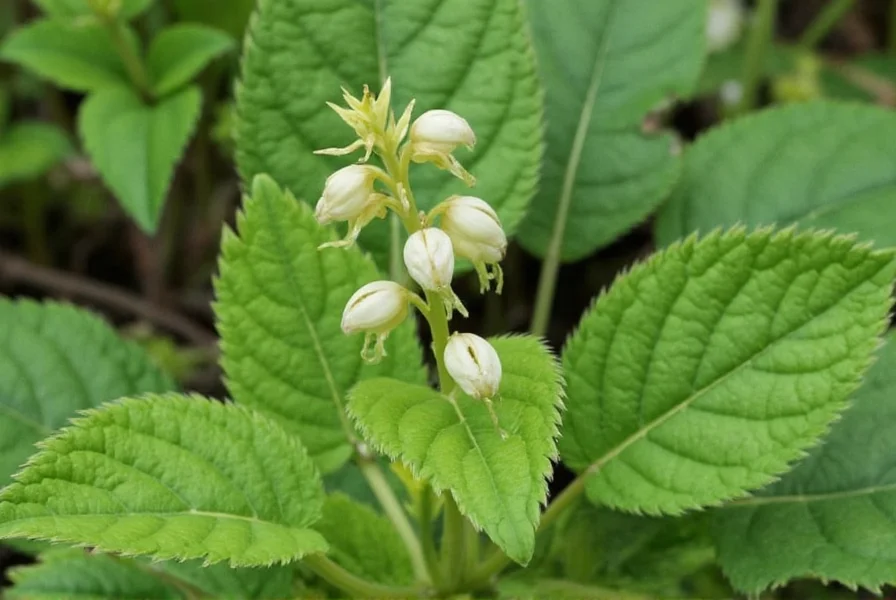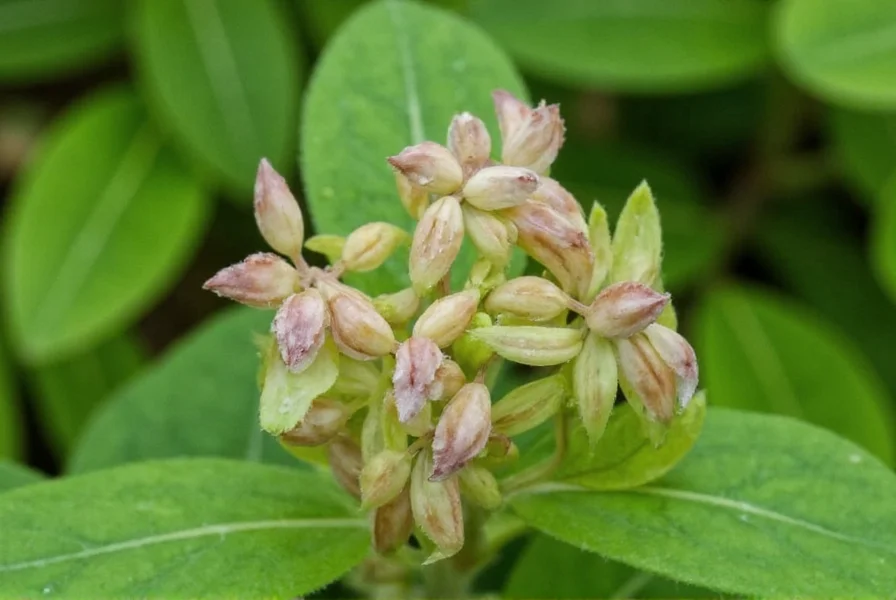Many gardeners and nature enthusiasts search for “wild ginger Franklin” expecting a distinct plant variety, but this terminology reflects a common misunderstanding about native plant nomenclature. Wild ginger (Asarum canadense) is a perennial woodland plant native to eastern North America, growing from Nova Scotia to Florida and west to Minnesota and Mississippi. The “Franklin” reference typically points to locations like Franklin County in Massachusetts, Tennessee, or other states where this plant thrives in forest ecosystems.
Understanding Wild Ginger Botany
Wild ginger (Asarum canadense) belongs to the birthwort family (Aristolochiaceae) and features several distinctive characteristics that help with identification:
| Feature | Description | Seasonal Variation |
|---|---|---|
| Leaves | Heart-shaped, velvety texture, 3-6 inches wide | Emerges early spring, remains through fall |
| Flowers | Maroon, jug-shaped, hidden beneath leaves | Blooms April-May, often unnoticed |
| Root System | Creeping rhizomes with ginger-like aroma | Active growth spring-fall, dormant winter |
| Height | 4-8 inches tall | Consistent throughout growing season |
Geographic Distribution and Franklin Locations
Wild ginger grows naturally in deciduous forests across eastern North America, particularly in areas with rich, moist soil and partial to full shade. When people search for “wild ginger Franklin,” they're often referring to populations found in regions named Franklin:
- Franklin County, Massachusetts - Thrives in the Berkshire woodlands alongside trillium and bloodroot
- Franklin County, Tennessee - Found in the Highland Rim forest ecosystems
- Franklin, North Carolina - Grows in the moist coves of the Nantahala National Forest
- Franklin County, Ohio - Present in the state's larger woodland preserves
The plant doesn't change characteristics based on these locations—it's the same Asarum canadense species throughout its range. Local conditions may affect growth vigor, but not the fundamental botanical identity.
Common Misidentifications
Many plants get mistakenly called “wild ginger,” leading to confusion in searches for “wild ginger Franklin”:
- European wild ginger (Asarum europaeum) - An invasive species with darker leaves that can outcompete native plants
- Virginia snakeroot (Aristolochia serpentaria) - Shares family but has different leaf shape and toxic properties
- False nettle (Boehmeria cylindrica) - Similar habitat but unrelated plant often confused by beginners
True wild ginger can be confirmed by its distinctive ginger-like scent when rhizomes are broken and its unique flower structure that blooms close to the ground.
Growing Wild Ginger in Franklin-Named Regions
If you're gardening in an area like Franklin County and want to cultivate native wild ginger, consider these specific recommendations for Asarum canadense care:
- Soil requirements: Rich, loamy soil with high organic matter content (mimic forest floor conditions)
- Light conditions: Dappled shade to full shade—direct sun will scorch leaves
- Moisture needs: Consistently moist but well-drained soil—drought tolerant once established but prefers moisture
- Companion plants: Pair with native ferns, trilliums, and bloodroot for authentic woodland garden
- Propagation: Divide rhizomes in early spring or fall; slow to establish but forms dense ground cover over time
Gardeners in Franklin County areas should avoid planting non-native ginger varieties that could disrupt local ecosystems. The native Asarum canadense supports local pollinators and integrates seamlessly into regional woodland gardens.
Ecological Importance and Conservation
Wild ginger plays a crucial role in eastern forest ecosystems, particularly in regions like Franklin County woodlands:
- Serves as host plant for the pipevine swallowtail butterfly in some regions
- Provides ground cover that prevents soil erosion on forest slopes
- Contributes to the forest floor's organic matter as leaves decompose
- Supports native ant species that disperse its seeds
While not currently endangered, wild ginger populations face pressure from habitat loss and invasive species like garlic mustard. Gardeners in Franklin areas can support conservation by planting native Asarum canadense rather than non-native alternatives.
Historical Uses and Modern Applications
Despite its name, wild ginger (Asarum canadense) isn't related to culinary ginger (Zingiber officinale). Native American tribes used it medicinally, but modern research shows it contains aristolochic acids that can be harmful. Today, it's primarily valued as:
- An attractive native ground cover for shade gardens
- A component of forest restoration projects
- An educational plant for teaching about native woodland ecosystems
- A conversation piece for native plant enthusiasts
Gardeners searching for “wild ginger Franklin” should focus on its ornamental and ecological value rather than culinary or medicinal uses.
Where to Find Reliable Information
For accurate information about wild ginger in Franklin regions, consult these authoritative sources:
- Local university extension services (e.g., University of Tennessee Extension for Franklin County, TN)
- State native plant societies
- USDA Plants Database for distribution maps
- Local botanical gardens with native plant collections
When researching “wild ginger Franklin,” be cautious of gardening blogs that misidentify plants or promote non-native varieties as “Franklin wild ginger.” Stick to botanical authorities for accurate identification and cultivation advice.

Understanding that “wild ginger Franklin” refers to the native plant growing in Franklin-named locations rather than a distinct variety helps gardeners and naturalists find accurate information. Whether you're exploring woodlands in Franklin County or creating a native plant garden, recognizing true Asarum canadense ensures you're working with the appropriate species for your region.












 浙公网安备
33010002000092号
浙公网安备
33010002000092号 浙B2-20120091-4
浙B2-20120091-4